Hello, I recently got this fancy goldfish from someone and almost all his fins are missing; I have been told it has not been fed for months. What should I do to help it? is this called fin rot? should I add antibiotics or salt?
Attachments
-
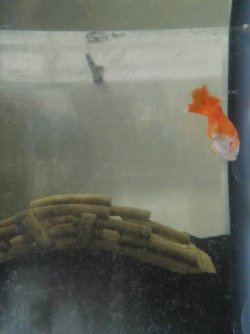 WhatsApp Image 2022-07-18 at 3.39.38 AM.jpeg34.8 KB · Views: 49
WhatsApp Image 2022-07-18 at 3.39.38 AM.jpeg34.8 KB · Views: 49 -
 WhatsApp Image 2022-07-18 at 3.39.39 AM.jpeg36.8 KB · Views: 39
WhatsApp Image 2022-07-18 at 3.39.39 AM.jpeg36.8 KB · Views: 39 -
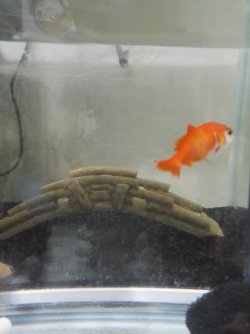 WhatsApp Image 2022-07-18 at 3.39.40 AM (1).jpeg36.2 KB · Views: 38
WhatsApp Image 2022-07-18 at 3.39.40 AM (1).jpeg36.2 KB · Views: 38 -
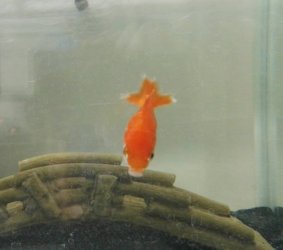 WhatsApp Image 2022-07-18 at 3.39.40 AM.jpeg40.1 KB · Views: 40
WhatsApp Image 2022-07-18 at 3.39.40 AM.jpeg40.1 KB · Views: 40 -
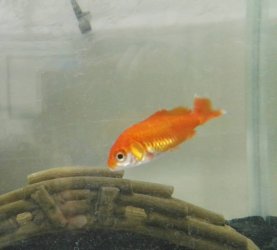 WhatsApp Image 2022-07-18 at 3.39.41 AM (1).jpeg40.8 KB · Views: 38
WhatsApp Image 2022-07-18 at 3.39.41 AM (1).jpeg40.8 KB · Views: 38 -
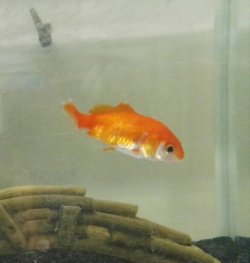 WhatsApp Image 2022-07-18 at 3.39.41 AM.jpeg41.5 KB · Views: 40
WhatsApp Image 2022-07-18 at 3.39.41 AM.jpeg41.5 KB · Views: 40
Last edited:

